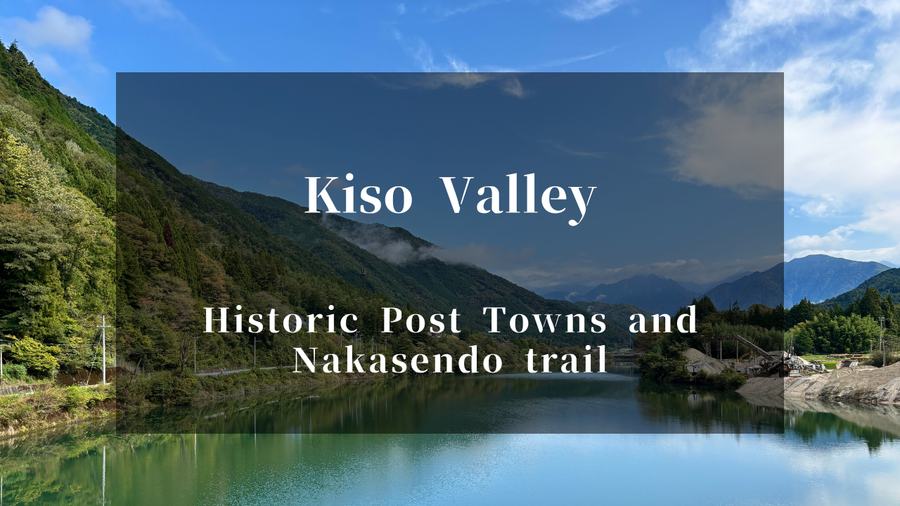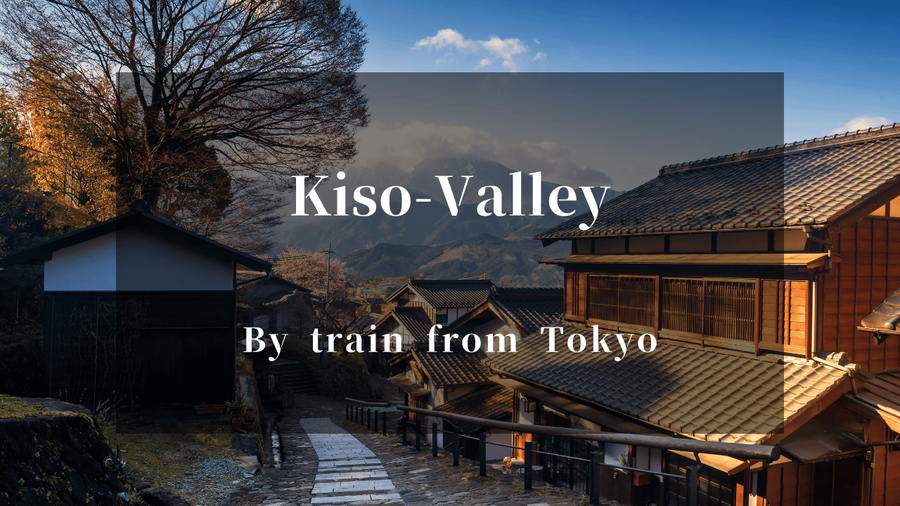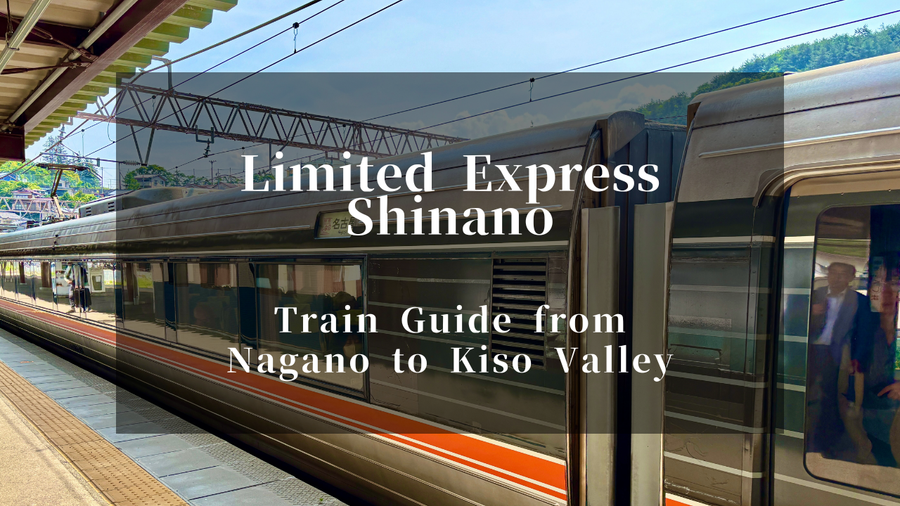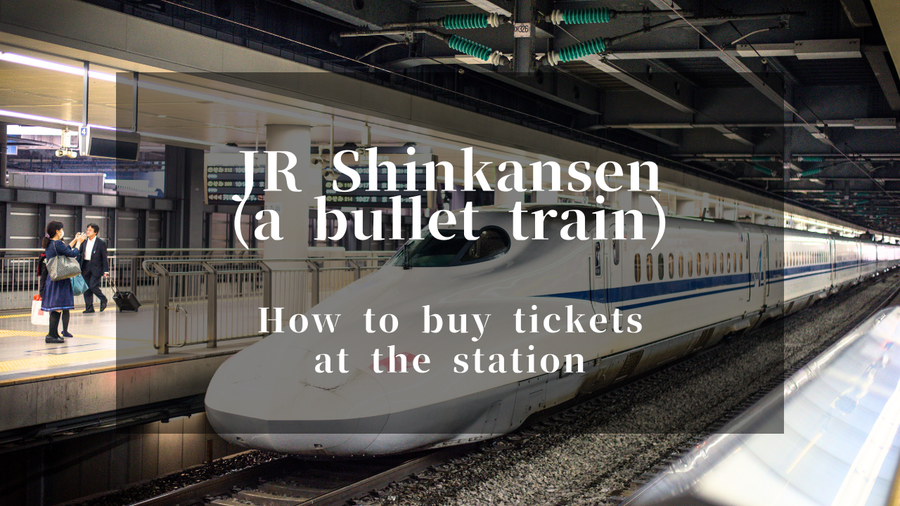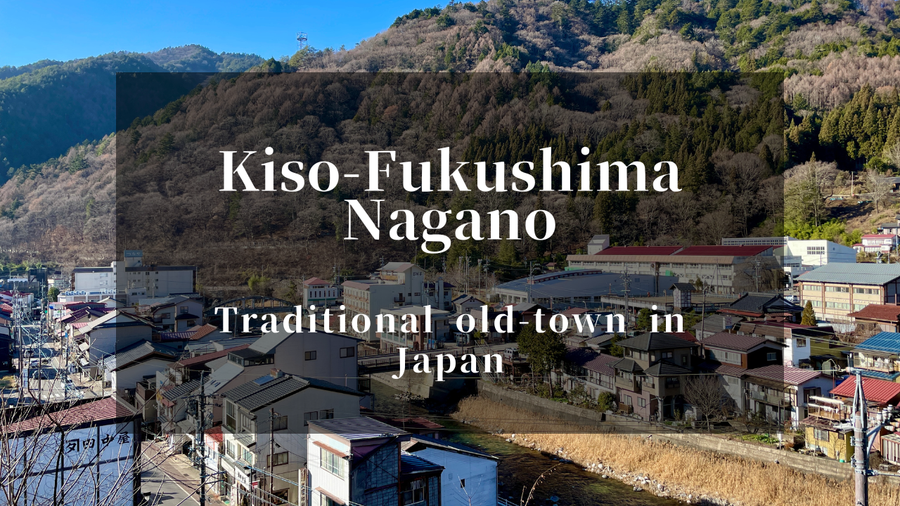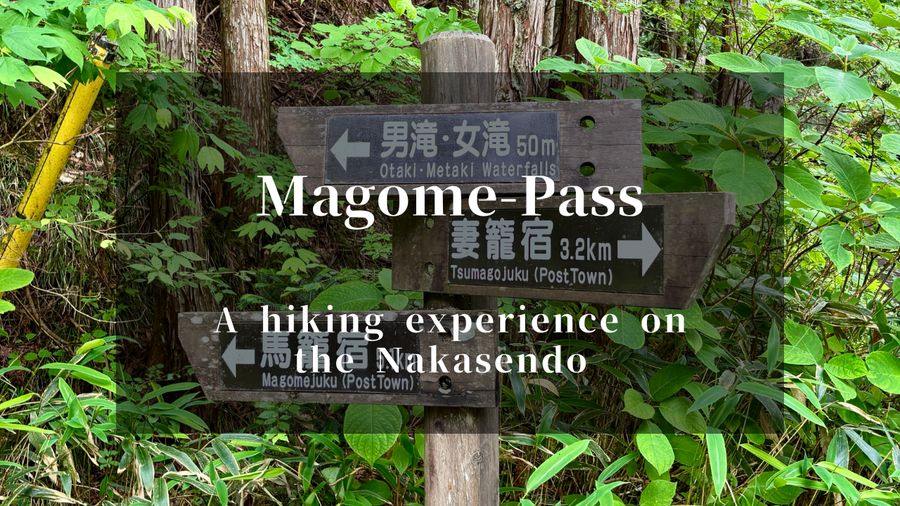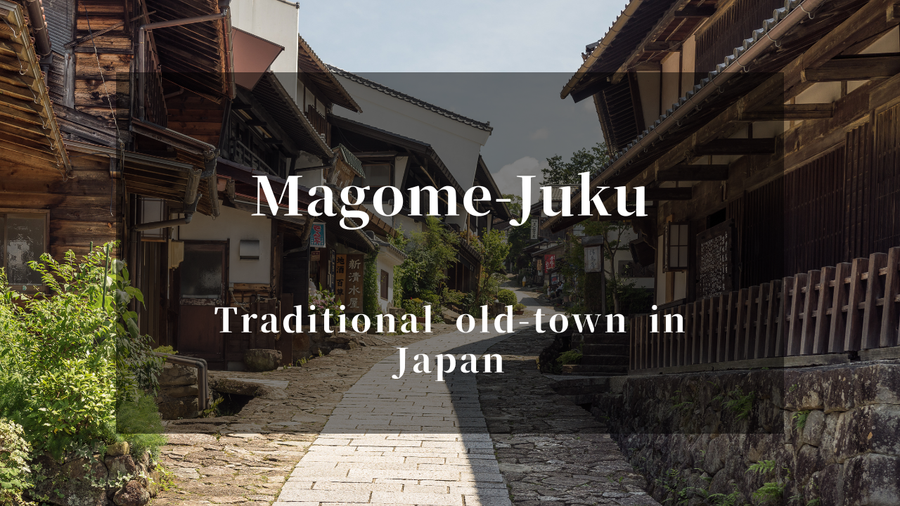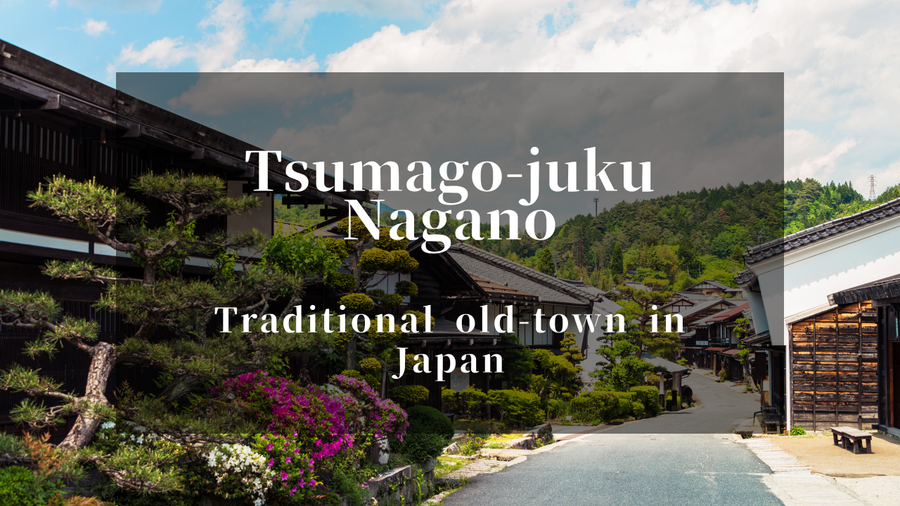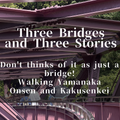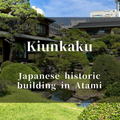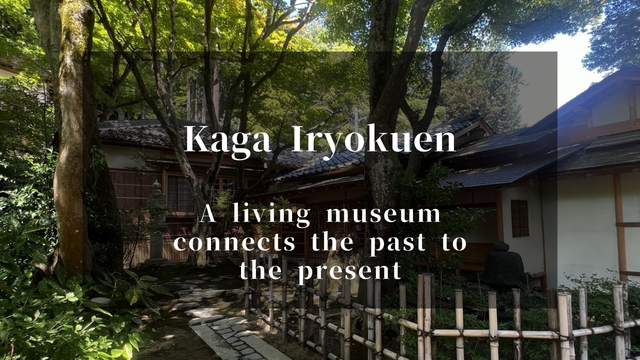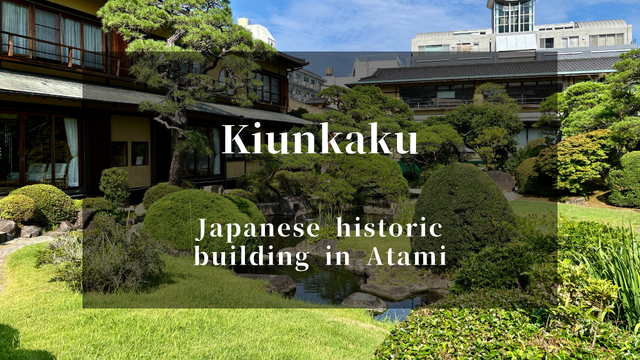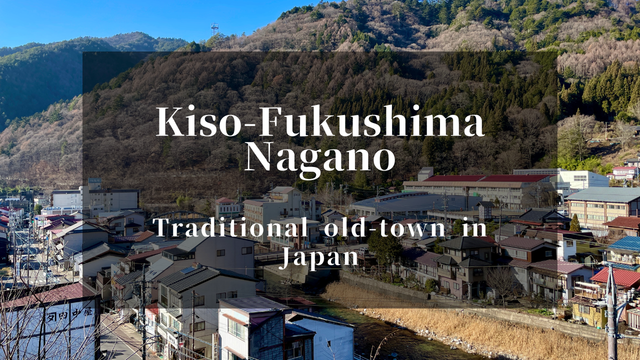Imagine walking along a 1-kilometre stretch of beautiful wooden buildings and stepping back 400 years into Japan's past.
Narai-juku (奈良井宿) is a beautiful town where you can feel the history. A post town is a town where travelers rested and stayed overnight during the Edo period (1603-1868). Naraijuku is the 34th post town on the Nakasendo Trail (中山道), an important highway connecting Edo (present-day Tokyo) and Kyoto, and is known as the longest post town in Japan.
It is located in the beautiful Kiso Valley in Shiojiri City, Nagano Prefecture. Accessible from Tokyo in about 3 hours and from Nagoya in about 2 hours, it is a special sightseeing spot where you can rest your mind. A visit to Narai-juku is a must if you are planning to enjoy hiking along the Nakasendo!
How to get to Narai-juku, Nakasendo Trail
Traveling to this spectacular view is actually easier than you think! The most convenient and reliable way to get to Narai-juku is via Narai Station on the JR Chuo Line. The amazing accessibility of Narai Station, only a 5-minute walk from the station, makes this special place even more accessible.
How to get to JR Narai Station
Here are some ways to get to Narai Station from major cities in Japan. All routes can be taken comfortably by express train and are convenient and affordable for JR Pass holders.
From the Tokyo area
Route via Shinjuku Station (recommended):
From Shinjuku Station: Take the limited express "Azusa" to Shiojiri Station, then take a local train to Narai Station (about 3 hours).
From Tokyo Station: First go to Shinjuku Station, then take the limited express "Azusa" to Shiojiri Station, and take a local train to Narai Station (about 3.5 hours).
Route via Shinkansen:
From Tokyo Station: Take the Shinkansen "Nozomi" to Nagoya Station, take the limited express "Shinano" to Kiso Fukushima Station, and take a local train to Narai Station (about 4 hours).
From Nagoya or Osaka area
From Nagoya Station: Take the limited express "Shinano" to Shiojiri Station, then take a local train to Narai Station (about 2 hours).
From Osaka: Take Shinkansen "Nozomi" to Nagoya Station, take limited express "Shinano" to Shiojiri Station, and take a local train to Narai Station (about 3 hours).
Please refer to the article below for how to buy a ticket and how to take the Shinkansen. This route is also convenient for foreign travelers since the JR Pass can be used.
.
Regular train from Shiojiri Station to Narai Station
After arriving at Shiojiri Station by limited express train, change to a local train to Narai Station. This is a local train trip where you can also enjoy beautiful scenery running through the mountains.
From Shiojiri Station to Narai Station, take a local train on the JR Chuo Main Line. There are not many trains, so it is recommended to check the timetable in advance.
Ride time: about 30 minutes
Fare: 320 yen (as of 2025)
Frequency: 1-2 trains per hour
Access by Car and Parking
By car: 30 minutes from the Shiojiri Interchange on the Nagano Expressway via Route 19.
Parking lot:
Roadside Station "Kiso no Ohashi" parking lot: Free (approx. 15 min. walk to Naraijuku)
Gonpei Parking Lot: Pay parking (5-minute walk to Naraijuku)
Beautiful Narai-juku in the Kiso Valley: Japan's longest historical townscape
The main attraction of Narai-juku (奈良井宿) is the longest historical townscape in Japan, stretching about 1 km along the river. Lined with beautiful wooden buildings, the scenery is so wonderful that it is like stepping back in time to Japan 400 years ago.
Surrounded by the beautiful Kiso Valley mountains, the town is built in a special architectural style for the snowy region. Deep roof sheathing protects the buildings and people walking around from snow and rain, while at the same time creating a beautiful landscape. It is a wonderful example of traditional Japanese wisdom and aesthetics.
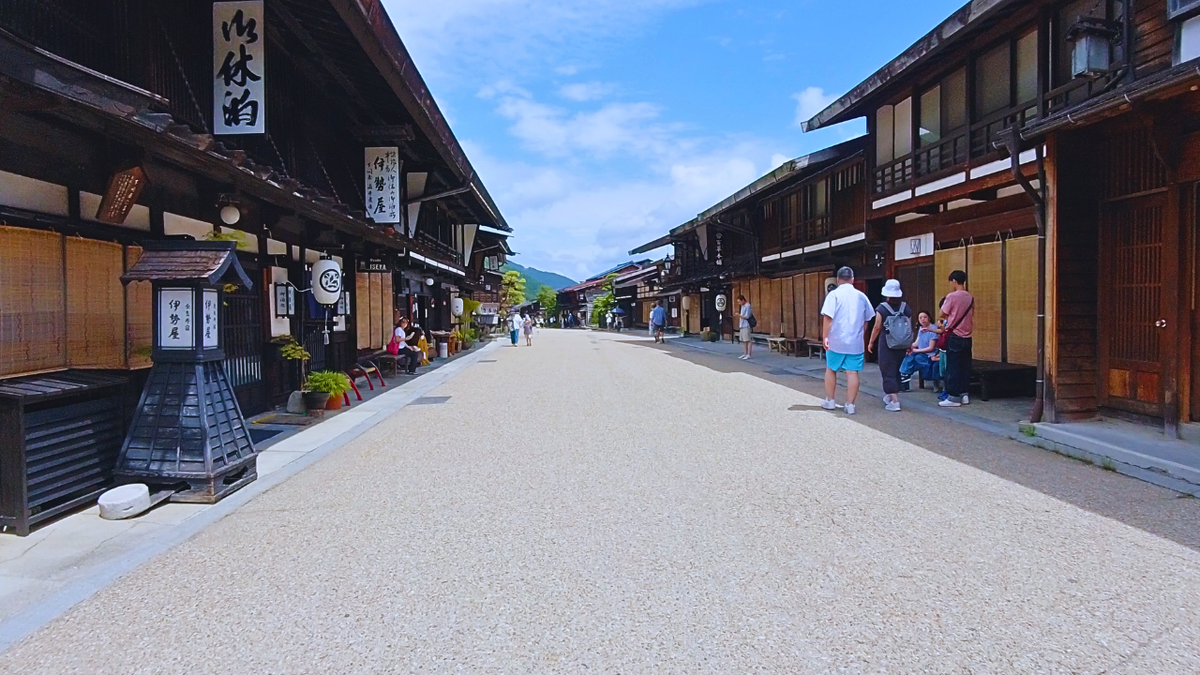
Highlights of Naraijuku on the Nakasendo Highway
Naraijuku has many wonderful sights that will capture your heart. Here are some of the best spots to visit.
Kiso no Ohashi - a beautiful wooden bridge without nails
A must-see in Narai-juku is the "Kiso no Ohashi" (Bridge of Kiso). This particular bridge is a traditional Japanese wooden bridge. This bridge offers a panoramic view of the beautiful town of Naraijuku and is a great photo opportunity.
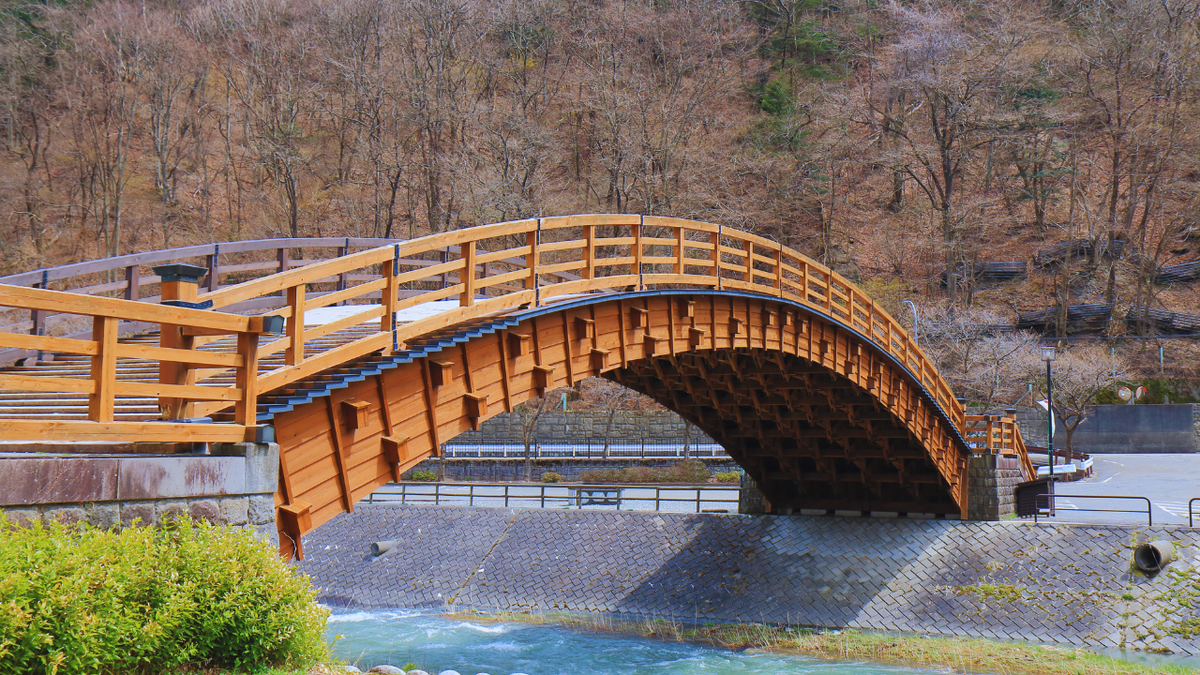
Shizume Shrine - Guardian of the Post Town
Shizume Shrine (鎮神社), located in the centre of Narai-juku, has protected local residents' safety for over 400 years. It is said that the shrine was originally dedicated to quell an epidemic that spread in Naraijuku.
You can experience a traditional Japanese shrine whilst feeling the history of the post town.

Kagi-no-te - Wisdom from the Edo Period
Walking along Naraijuku, you will find a place where the road curves like a key. This is called "Key-no-Te" (鍵の手) and is a strategic structure to protect the town from enemy invasion by bending the road twice at right angles to slow down the invasion and block the view. These curved roads provide a pleasant change to walk on and make the townscape more attractive.
Such attempts to prevent intruders by daring to bend themselves are often seen in Japanese castles as well.
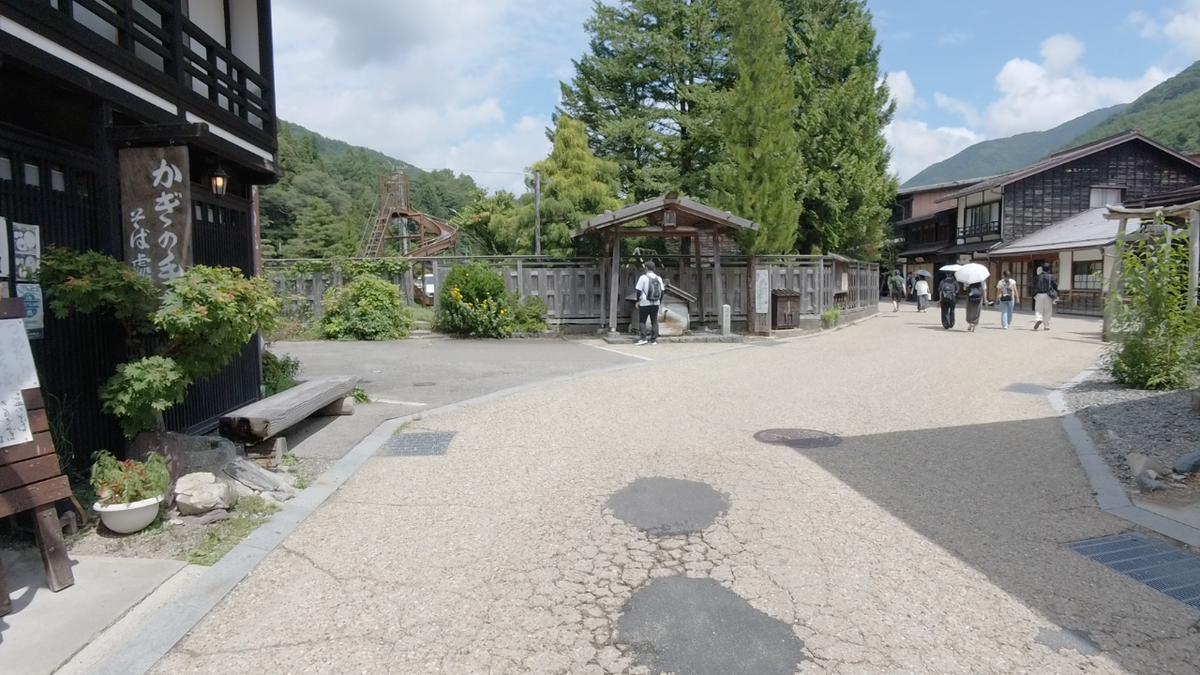
Natural Spring Water Spots - Clear Mountain Water
Throughout Narai-juku, there are natural spring water spots that have quenched travellers' thirst since the Edo period. You can still drink this water today and enjoy the clear, delicious taste from the Kiso mountains.
Bring a bottle of water and enjoy the clean water while strolling around Narai-juku, a unique way to enjoy Narai-juku.
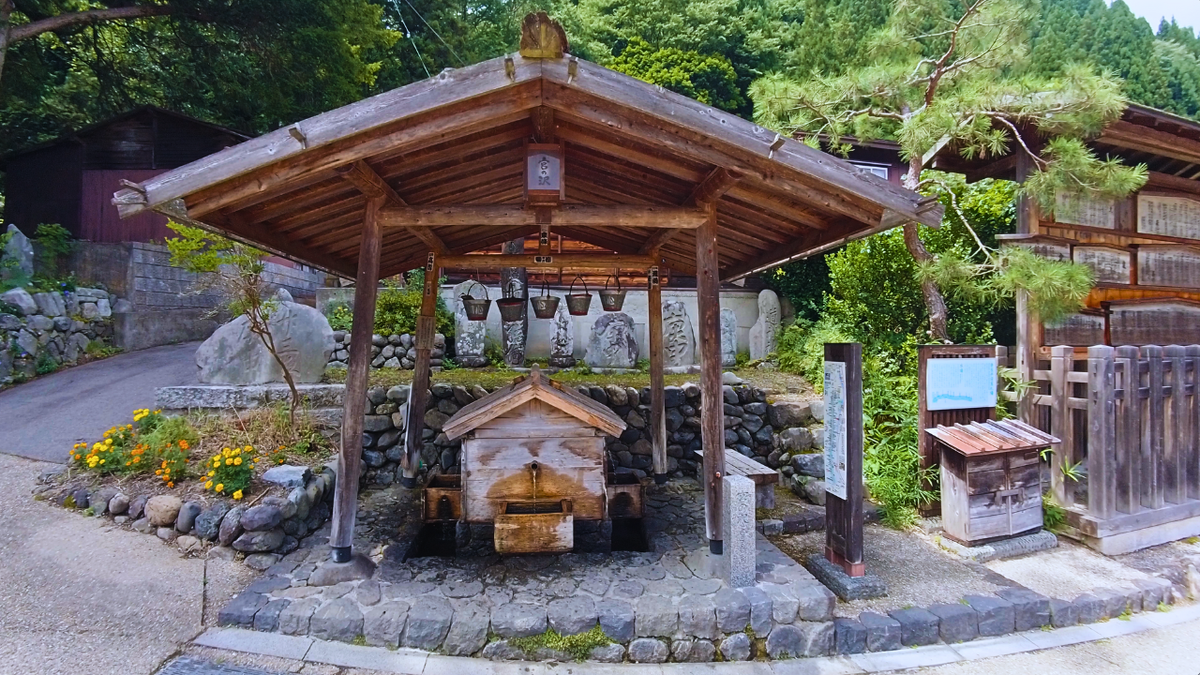
Attractions around Naraijuku
After your wonderful experience in Narai-juku, why not visit other charming post towns nearby? Each has its own unique attractions.
Kiso-Fukushima - Base for Kiso Valley Tourism
Located about 30 minutes south of Naraijuku, Kiso Fukushima is the perfect base for sightseeing along the Kiso Road. There are many sights to see, such as the ruins of a barrier station, old streets, and a free foot bath, as well as a wide range of lodging facilities.
Tsumago-Juku and Magome-Juku: Representative post towns along the Nakasendo Trail
Tsumago-juku and Magome-juku are two of the most popular towns along the Nakasendo trail. It is difficult to visit on the same day because it takes about 1 hour and 30 minutes by train from Narai-juku, but we recommend that you visit on the second or third day of your trip.
In particular, Magome-Pass (馬籠峠) on the Nakasendo trail, which connects Tsumago-juku and Magome-juku, is 8 km long and takes about 3 hours. The path is easy to walk, even for beginners, and there are many other tourists, so you can enjoy hiking along the Nakasendo in peace.
Best Time to Visit Narai-juku
Narai-juku is like a "living museum" that shows a completely different face depending on the time of day.
Quiet time in the early morning is recommended.
Early in the morning, Narai-juku is like a secret garden. With few tourists, you can have 400-year-old Japan all to yourself in a quiet and mysterious atmosphere. In particular, the townscape in the early morning when it is covered with fog will enchant you with its fantastic beauty, as if you have stepped out of a fairy tale world.
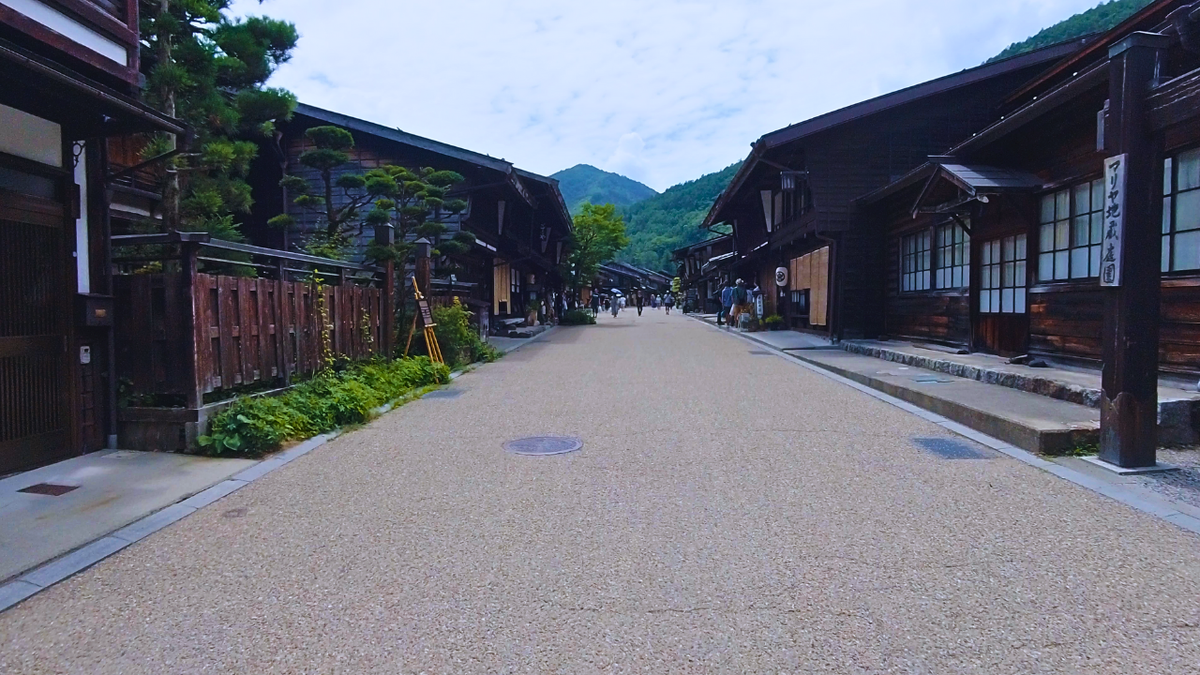
Fantastic lights at night
Narai-juku at night is different in beauty from the early morning. Warm lights gently illuminate the old buildings, creating a magical atmosphere like something out of a picture book. The lights that dot the long streets create a dreamlike landscape with no end in sight, making visitors lose track of time.


